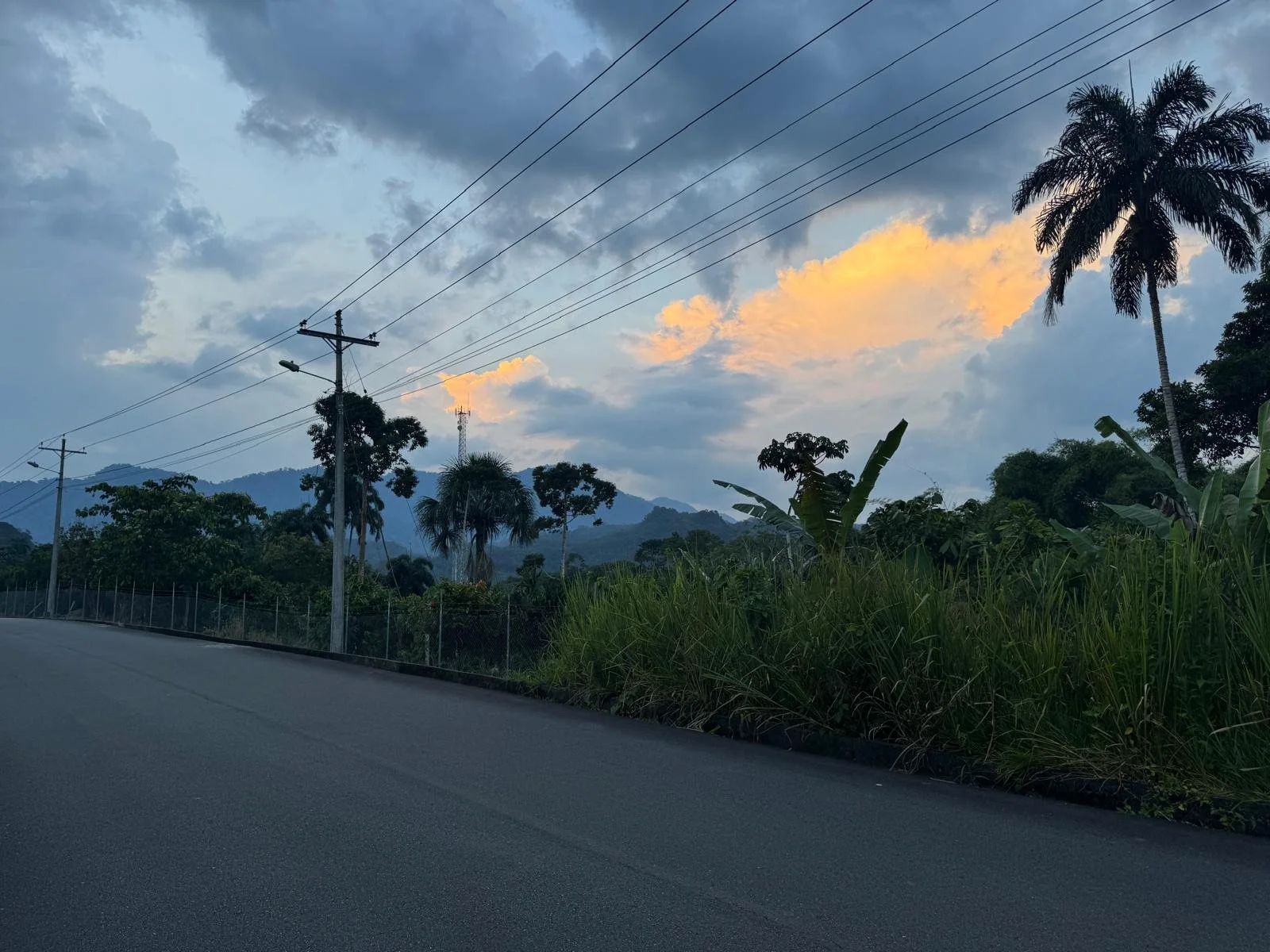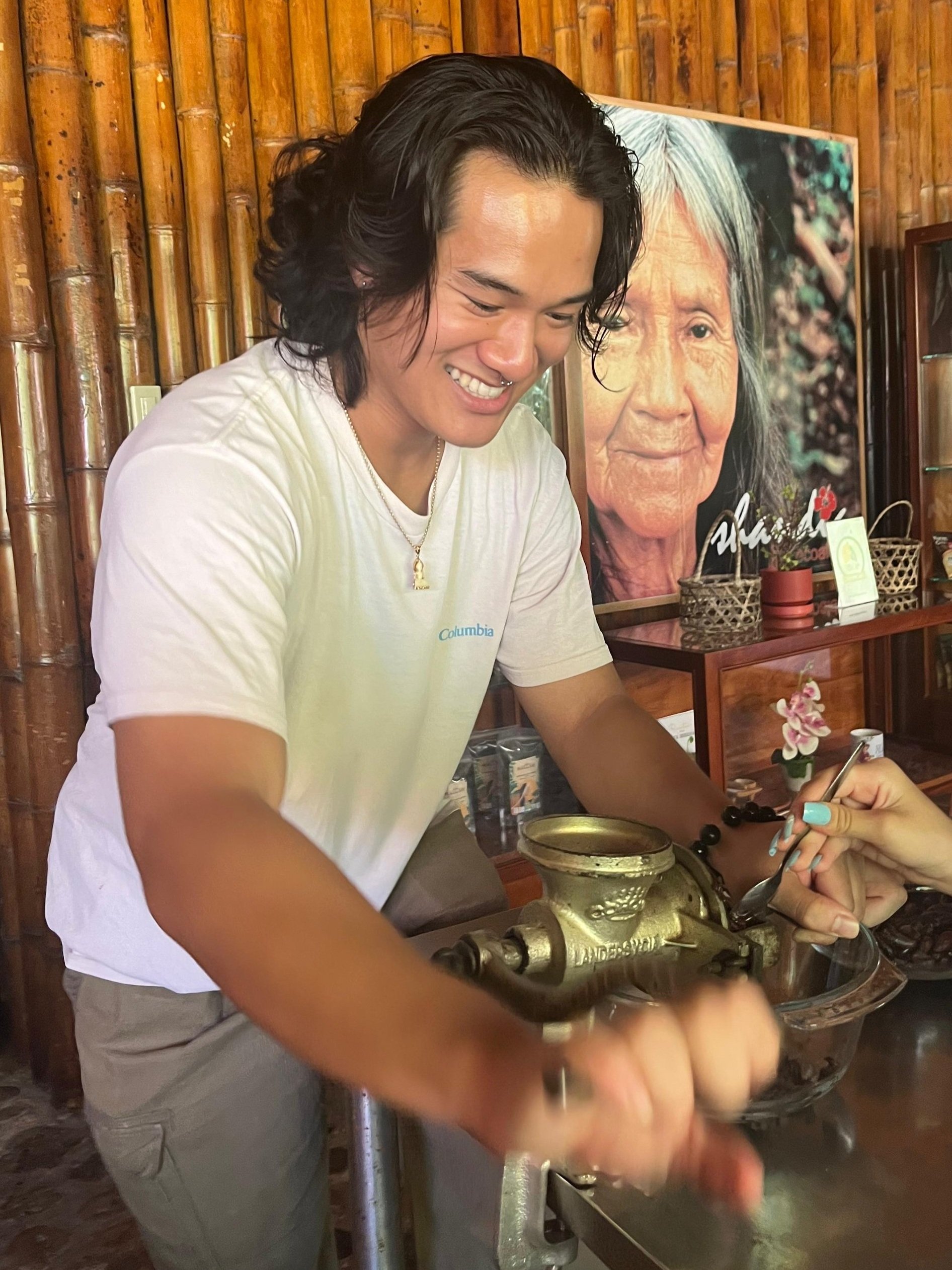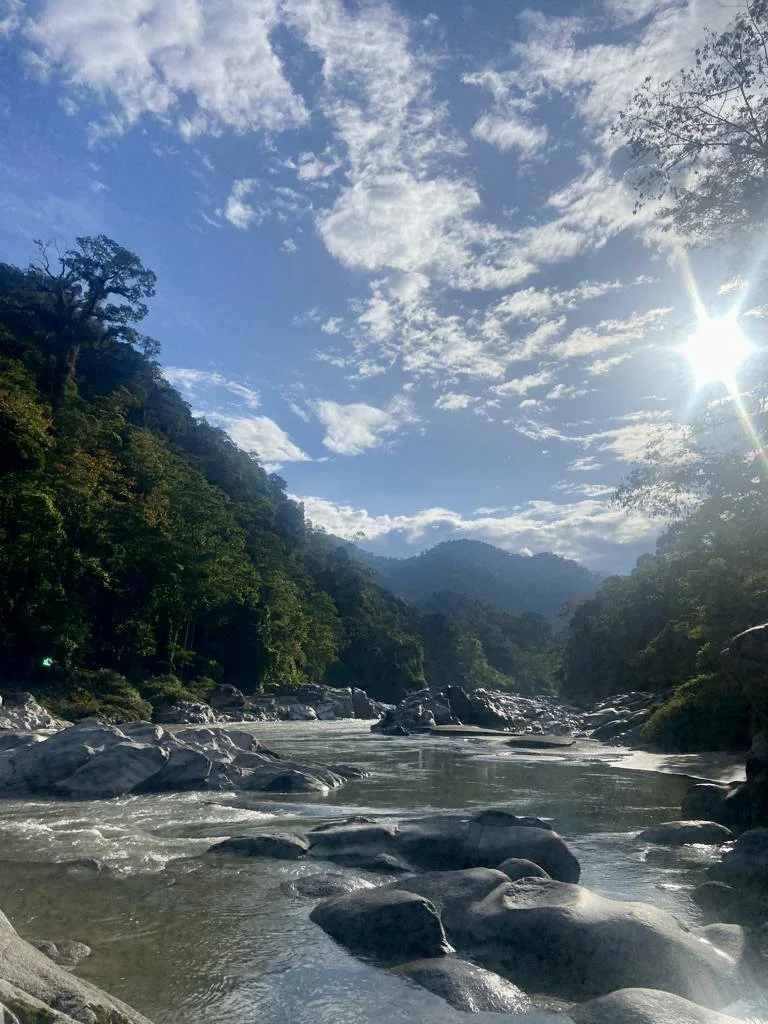By: Mary Dimyan, Program Coordinator Spring ‘25
On February 11, MPI inaugurated the RAÍZ program (Regeneración Agrícola e Innovación en Zonas Rurales), an initiative dedicated to agricultural regeneration, conservation, and economic empowerment. This event brought together community members, local leaders, and partner organizations with aims of creating sustainable change. The launch of RAÍZ marks a significant step, providing communities with the necessary tools and knowledge to create resilient and self-sufficient agricultural practices.
The RAÍZ program plans to address challenges faced by rural Amazonian communities by integrating traditional farming methods with modern farming practices. As illegal mining and deforestation in the area continue to threaten both the local environment and the livelihoods of its residents, RAÍZ attempts to show an alternative path that prioritizes restoration, food security, and economic stability. The program will enhance agricultural productivity while preserving biodiversity by reintroducing native fruit trees, implementing sustainable beekeeping (centered around the endangered Melipona stingless bee), and by providing locals with alternative sources of income. Doing so will reduce reliance on extractive industries, particularly illegal mining, and thereby the toll it takes on the area.
One of the core objectives of RAÍZ is skill building, ensuring that community members are equipped with the knowledge and skills to independently implement what they have learned. The program involves 30 families from Shandia and neighboring Talag, offering them hands-on workshops, technical training, and resources to improve or create gardens. Manna is working in collaboration with Ikiam University, the Kamana Pacha Foundation, and WorldVision, organizations whose expertise in environmental conservation, agroforestry, and community development will be essential for the success of the program.
Representatives from Manna Project opened the event with discussions on the program’s long-term vision, emphasizing the importance of environmental stewardship and sustainable economic alternatives, followed by representatives from Kamana Pacha. Community members and local farmers participated in sessions where they shared their prior agricultural experiences and hopes for the program. The discussions showed the need for an approach that includes both modern techniques and the agricultural traditions of the Kichwa people. With unemployment affecting a large portion of the Shandia community and over 80% of residents living below the poverty line, RAÍZ offers a set of steps toward financial stability. The program demonstrates how cooperative farming models, market access strategies, and entrepreneurial training can help farmers maximize the value of their crops. Partnerships with regional and national organizations will provide access to new markets, increasing the profitability of products.
At the conclusion of the inauguration, participants and organizers outlined the next steps for the program. Over the coming months, the first series of hands-on workshops will take place. Participating families will learn about agroforestry techniques, soil conservation methods, and sustainable crop diversification strategies. As it evolves, assessments will be conducted to measure impact, ensuring that it continues to meet the needs of the community effectively. The collaboration inherent to the program will remain central to RAÍZ’s growth, because sustainable development is always most successful when driven by the communities it seeks to serve.
About the Author
Mary joined Manna Project International in January 2025. Originally from New York City, she is studying Environmental and Sustainability Sciences at Northeastern University with a minor in International Affairs. Passionate about environmental research and community engagement, she is excited to contribute to MPI’s mission in Ecuador. On site, she has taken a leadership role on sustainability initiatives, including the inaugural RAÍZ Program.












